Looking for a branding definition, and wondering about branding vs logo? What is branding, and why is a brand important?
Here’s what branding means, and how it’s different from a logo.
Logos and brands are related but different. First, the easy one you already know: logos.
Logo definition:
Logo = a visual used to signify a business
Logos are a visual shorthand for your business. Sometimes the logo includes the name of the business, sometimes it includes a tagline or a date established, and sometimes it’s just a symbol or icon:
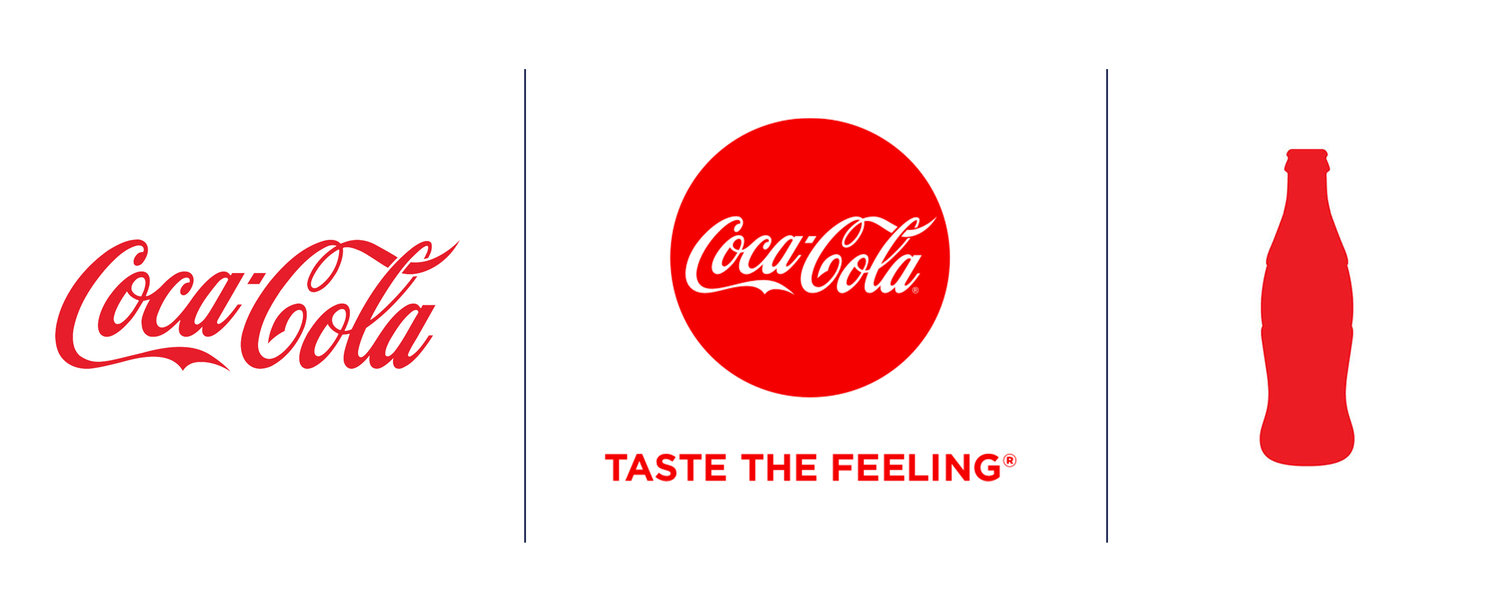
Why use a logo?
There is a huge advantage to using a graphic mark or typography: visuals are worth a thousand words. Used effectively and consistently, a great logo can help your audience quickly understand complex concepts. For instance, here are two logos that both speak to athleticism:
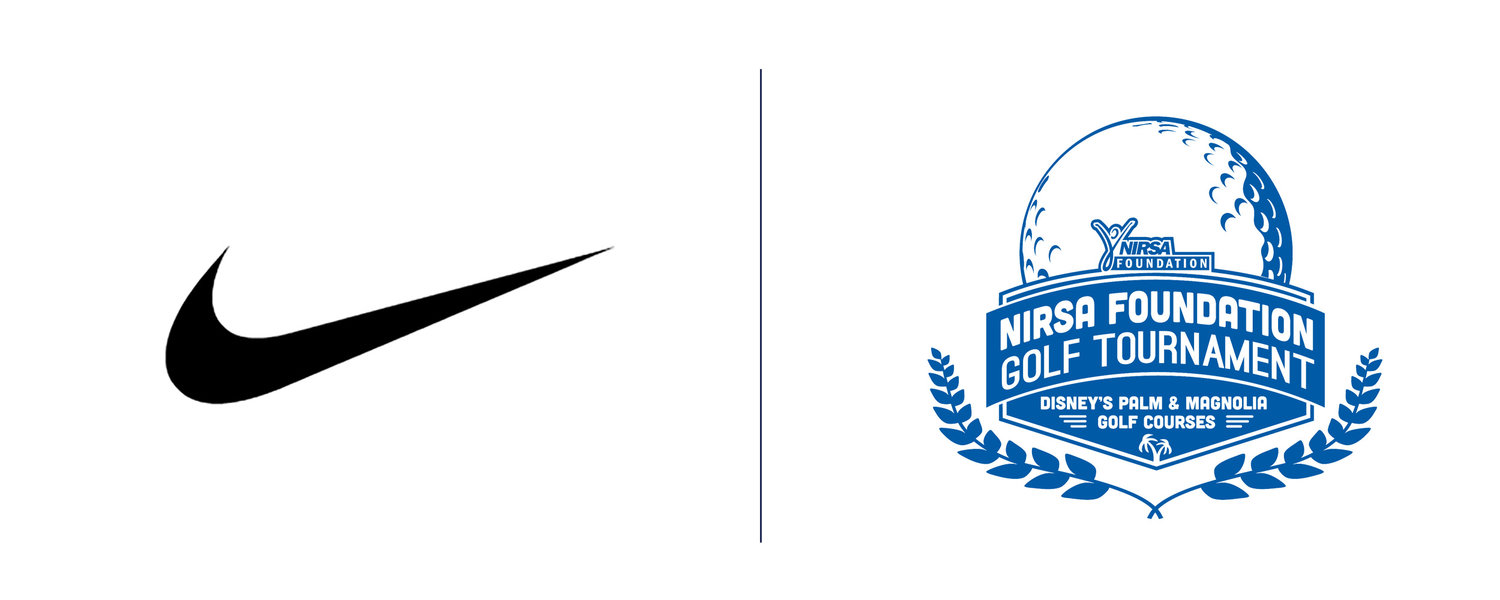
The difference between these two logos is what makes a great logo versus a mediocre one. The Nike logo uses a graphic mark that references lightness, speed, and motion—all complex ideas condensed into a single visual. The NIRSA Foundation Golf Tournament logo has lots of text and visuals, however, it ends up clunky and overdone.
The best logos are imaginative, engaging visual shorthands.
Let’s talk more about the word “imaginative” for a moment:

The difference between the Nike logo and the Microsoft logo is memorability (and the obvious color differences.) The Nike logo is made up of a shape that you’ve never seen before. Nike’s visual shape looks sleek, speedy, and memorable. Microsoft went with a basic grid in Crayola-bright colors. You’ve seen this before, many times. The logo is un-ownable because of this, and ultimately forgettable and generic. Sometimes a logo can be memorable, but it reminds audiences of something else…
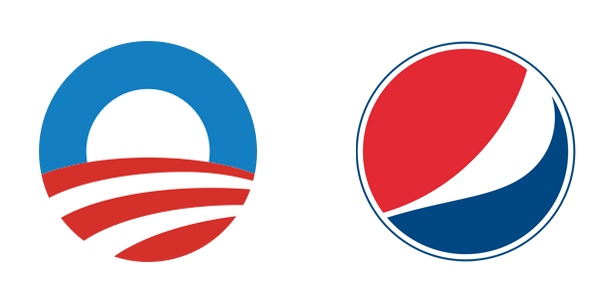
President Obama 2008 Campaign Logo vs. Pepsi Logo Refresh (2008)
Even if it’s visually striking: stay away from logos that look too similar to other graphics. The result is a logo that can be un-ownable or confusing to your audience. Do you have a great logo? We have a checklist of things great logos do well. (Don’t worry, we’ll give you that link again at the bottom of this article.) We also love this video of Pentagram’s Michael Bierut giving his take on what makes a great logo.
How is a logo different from the branding definition?
A logo is a small piece of something much bigger: your brand. We use the following as our branding definition:
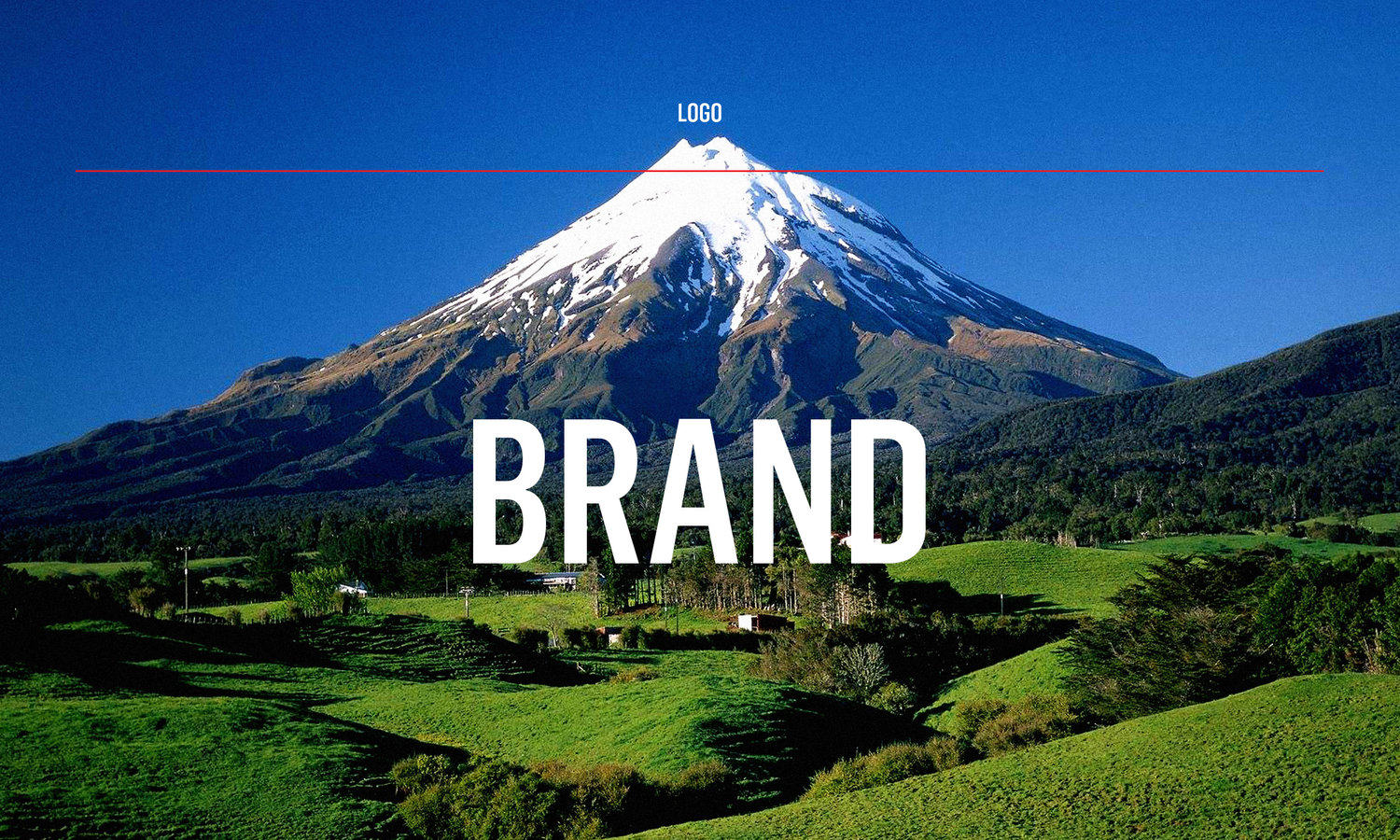
Branding definition:
A brand = how your business behaves, both visually and verbally
We know, referring to a brand like it is a living breathing thing sounds a little strange. Bare with us for a few paragraphs. Thinking of a brand as a person helps clarify the difference between a brand and a logo. So for clarity purposes, let’s think of a brand as a person. Let’s imagine it’s our favorite teacher. We can all describe what this person looks like. They have a way of getting dressed, a way of styling their hair, a favorite color they wear often. They might have a way of speaking and seeing the world. Perhaps they have a great sense of humor, a phrase they repeat, or a particular style of delivery. There are adjectives that quickly come to mind to describe them: confident, optimistic, light-hearted.

When you meet other people that share these same traits, you think, “that’s so _____.” That person owns those characteristics, and seeing them reminds you of them. A brand does the same thing: it has recognizable, repeated visuals and behaviors. It has visuals that you can identify instantly as part of the brand because the brand repeats those visuals again and again. A successful brand also has certain behaviors that help set it apart from other businesses. It might have a great sense of humor, or always use the same phrasing, or have a certain way of using language. Great brands tell a consistent story by using repeated verbal and visual styles, making them identifiable. When you see their ads, imagery, or signage, you can easily identify the brand. The best brands can be identified even without their logo. Their audience knows how the brand behaves, both visually and verbally. Here’s the proof:
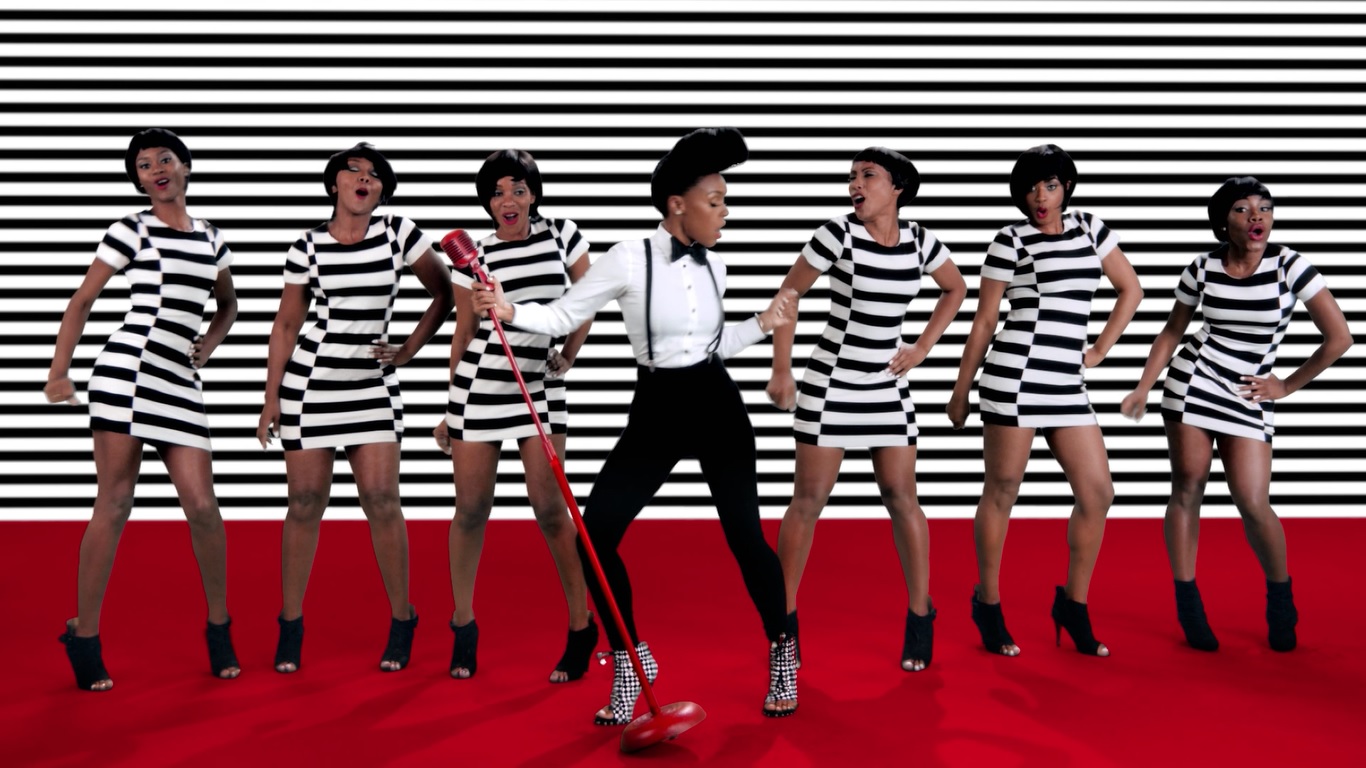
You know this is an ad for Target, but the Target logo is nowhere to be found. This is a clear difference between a logo and a brand. This image is a great reminder if you need a branding definition—it represents how branding can represent a business, even without a logo.
The benefits of branding:
There are clear, measurable benefits to investing in a brand. When done right, a brand saves you money and time. There are no hours spent trying out new fonts or color palettes in materials or having drawn-out conversations with a consultant about a promotional campaign. Your brand guidelines answer these questions. Having a clear brand helps you easily communicate what’s “on-brand” and what’s not. This helps you save time—you can clearly communicate to staff and outside contractors what is “on-brand” for your business. This is not a small benefit. Think of the hours of meetings and conversations saved, and missteps avoided because you have a clear idea of what is on-brand and what is not.
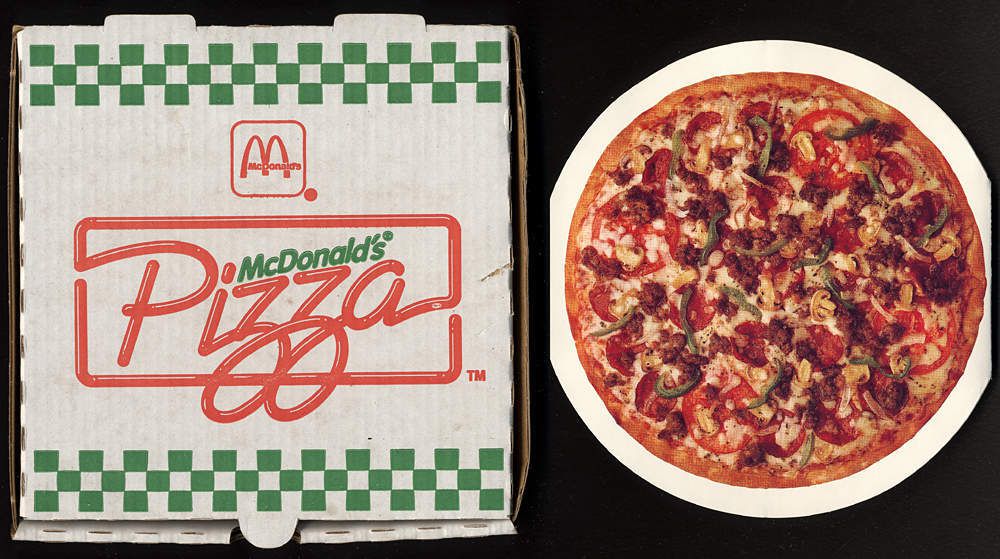
The short-lived McDonald’s pizza is an example of being off-brand.
Great brands help you grow.
Finally, branding helps you build new ideas and initiatives quickly. Brands help your business seize opportunities and grow. Having a brand ensures that any elements you’d like to launch—whether it’s a website, advertising campaign, or spaceship—are rowing in the same direction. A logo can’t do this alone. Visual and verbal brand guidelines grow, flex, and expand in ways that a logo cannot. Invest in a great brand and logo to save yourself time and money. Logos are important. But logos need to be a part of a brand to be truly effective.
How do you make a brand?
What’s the process like to build a great brand? The first step is a conversation with an award-winning branding agency. We hear about your brand challenges and business goals, and share a 15-minute presentation about what types of brand tools we can build for you. (Don’t worry, the conversation is free.) You can see examples of the great logos and brands we’ve created for New York City, the Aperture Foundation, and NYC Kids Rise (among others.) Schedule a brand conversation: